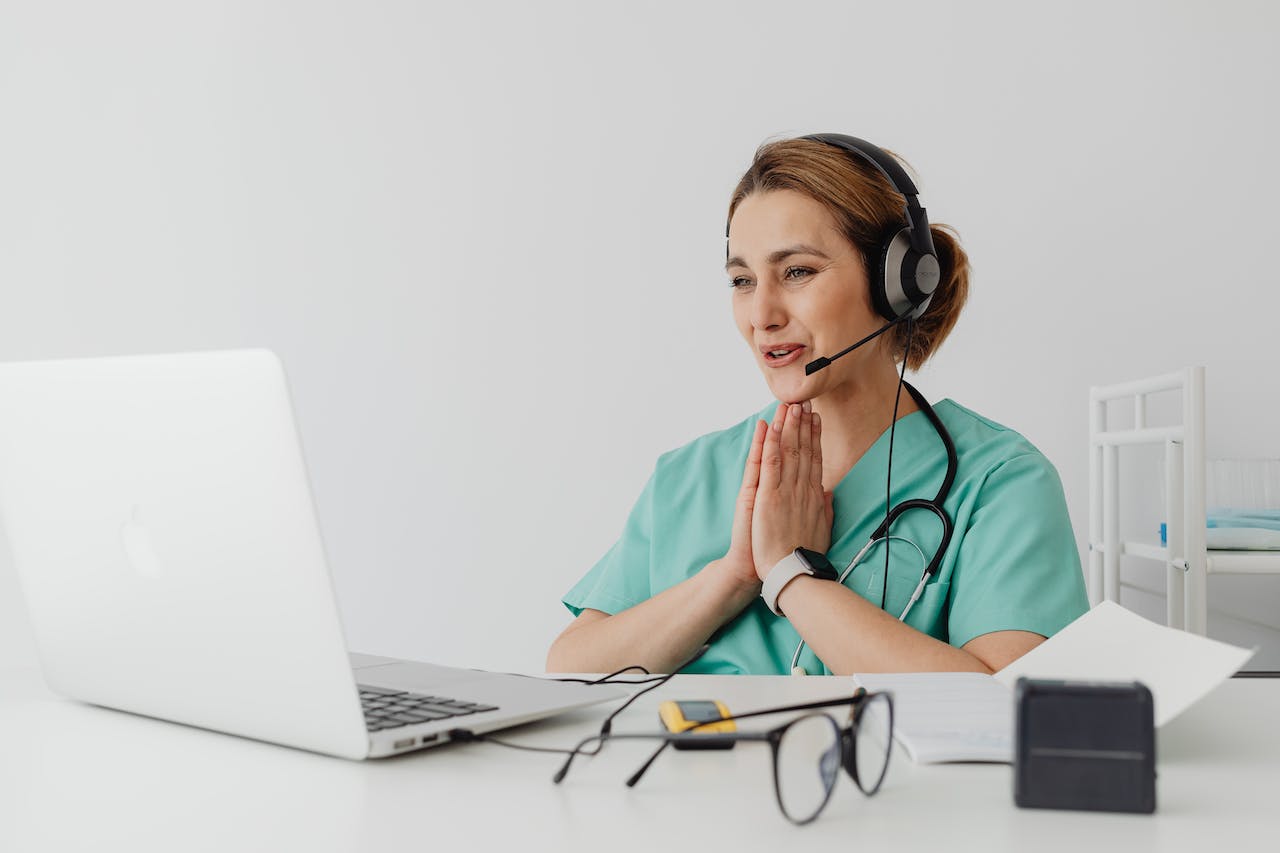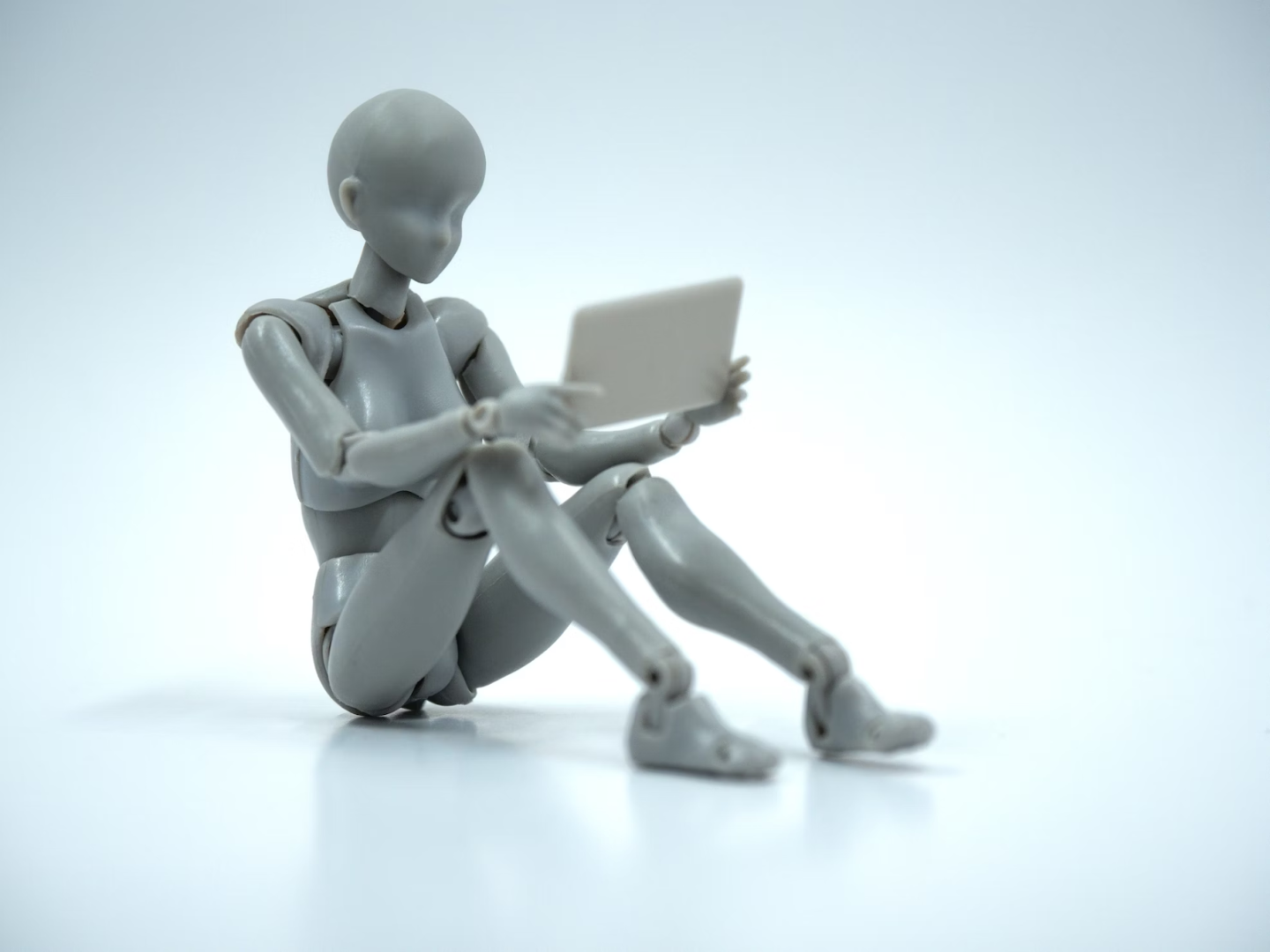Comments
- No comments found

Modern medicine throughout the ages has led to better quality of life and better treatment for patients.
The digital age has arguably advanced medicine and medical technology more than ever. In particular, IoT devices in healthcare have made it easier for doctors to monitor and connect with patients.
The "internet of things" IoT is a type of low-energy connectivity system that allows hundreds of devices to connect to one system in an efficient way. Learn more about IoT applications for remote monitoring and telemedicine.

Due to the introduction of IoT devices, the industry is transforming in a positive way. Patients have more freedom, and doctors get more accurate results about a patient's health in real-time.
Previously, doctors would have to collect data from patients manually, usually at their office. The data only provides a brief insight into that moment of time, instead of providing a wider view of the patient's overall health.
An IoT-enabled device has a sensor that collects information. That information is transferred to an app or another digital platform in an easy-to-read method.
These devices make it easy to connect to the main platform using a simple button. These devices also use less energy than devices that connect using Bluetooth or WiFi, making them important for maintaining an energy-efficient medical facility with manageable utility bills.
When new technology enters the medical space, there will always be concerns. Doctors have to make a point to go with trusted devices and trusted platforms that keep patient information safe.
Doctors will also have to take the time to explain how to use the devices to their patients, which can be difficult for older patients. If the patient doesn't use the IoT remote monitoring device properly, it can lead to erroneous results.
Doctors now have access to real-time patient data using remote monitoring IoT.
Doctors have monitored patients for years. The doctor can tend to other patients while a device monitors the patient's vitals in another room. The doctor will be alerted if necessary. Assuming that there were no alerts, the doctor can use the data collected by the monitoring machine to provide the best care to the patient.
Recently, technology has made it so that many of these monitoring devices have become portable, allowing patients to receive healthcare from home.
Patients can wear devices at home, such as heart monitors, that deliver information to the doctor from wherever the patient may be. The patient won't need to be confined to a hospital bed in order to be monitored. The doctor can access the information when necessary. The doctor will also receive alerts if readings reach an alarming level.
Wearables force patients to take an active role in their own health treatment, and it can even teach them more about their condition and their treatment.
More and more patients are scheduling appointments with doctors online using TeleHealth technology.
TeleHealth software allows patients to video chat with doctors online through a secure platform that keeps their health information secure.
Remote IoT applications are not appropriate for all TeleHealth appointments. For example, it won't take the place of appointments that require medical equipment only found on-site at the medical center. However, initial consultations, medical health appointments, and many other appointments can be done quickly and conveniently online. The technology has been used for decades, but it catapulted into popularity after the recent pandemic in an effort to keep contagious people out of doctor's offices.
When patients and doctors take advantage of Telehealth solutions, it makes doctor's offices less crowded and less infectious. Patients are also more likely to get care when they can schedule an appointment conveniently.
Patients generally have more flexibility when it comes to scheduling an appointment, as TeleHealth appointments can often be completed more quickly than in-person appointments. Doctors will have the ability to arrange for in-person and TeleHealth appointments throughout the day or save TeleHealth appointments for specific days. Since the doctor has more flexibility, too, they may have more openings.
Remote monitoring telemedicine combines wearable monitoring devices with the convenience of TeleHealth. During a TeleHealth appointment, the doctor and the patient can read the results of the test and talk about what those results tell the doctor about the patient's health.
Some patients may struggle at first to use TeleHealth technology. It's best to choose user-friendly software that just about anyone can use. Alternatively, you may suggest that certain patients have someone help them when it's time for them to log into their appointment.
If a patient isn't able to connect to the system for their appointment, it can force them to reschedule. Insurance may be forced to charge the patient for the appointment, depending on the situation and the details of the health plan.
The patient may also need to provide the doctor with certain information, such as their weight. If the patient doesn't provide the correct information, it can hinder the patient's treatment.
IoT is entering the healthcare industry with force. However, it's still growing. Soon, all doctors will be able to provide IoT services for their patients. Additionally, insurance companies will continue to approve more and more IoT devices and TeleHealth appointments. Both patients and doctors should embrace the technological changes entering healthcare.
If you are ready to introduce IoT devices into your medical facility, you need Yalantis. Yalantis can develop custom software specifically designed for your practice and your patient's needs. Contact Yalantis to learn more about IoT solutions for healthcare.
Leave your comments
Post comment as a guest